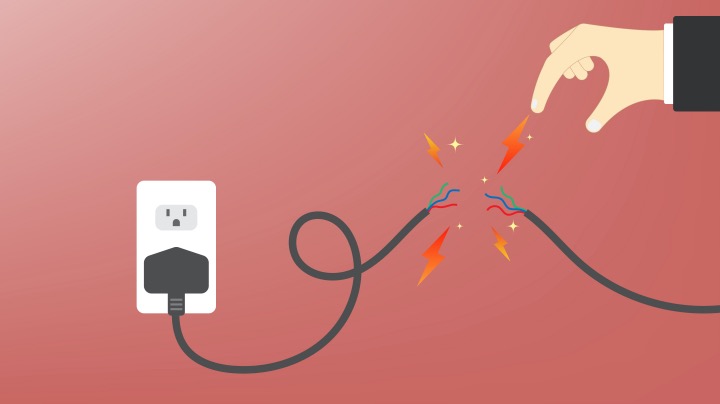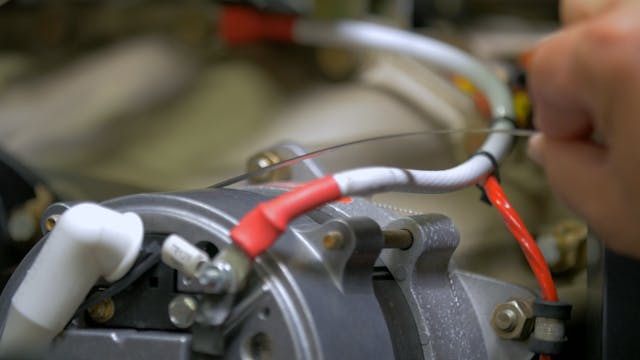Specialized electrical system troubleshooting support for critical applications.
Specialized electrical system troubleshooting support for critical applications.
Blog Article
Top Tips for Effective Electrical System Troubleshooting
Troubleshooting electric systems requires a systematic method, grounded in an extensive understanding of electric principles and security protocols. The nuances of reliable troubleshooting prolong beyond simple technological understanding; comprehending exactly how to document findings and focus on safety and security can dramatically influence end results.
Understand the Fundamentals
Understanding the fundamentals of electrical systems is vital for effective troubleshooting, as a strong structure allows professionals to detect and solve issues more effectively. A detailed understanding of electrical concepts, such as voltage, existing, resistance, and power, is crucial in recognizing the source of troubles. Voltage is the electric prospective distinction that drives current through a circuit, while resistance opposes the circulation of current, impacting the general functionality of the system.
Knowledge with circuit parts, including resistors, capacitors, diodes, and changes, is also extremely important. Each part plays a distinctive role in circuit habits and can impact performance when malfunctioning. Additionally, understanding collection and parallel circuit arrangements is vital, as these plans influence the distribution of voltage and present within the system.
In addition, knowledge of safety methods is important. Service technicians must be conscious of potential threats, such as shock and brief circuits, to apply safe troubleshooting methods. By understanding these fundamental ideas, technicians boost their capacity to conduct effective diagnostics and repair work, ultimately causing improved efficiency and dependability of electric systems. This foundational expertise is the cornerstone of successful fixing endeavors.
Gather Necessary Devices
Reliable troubleshooting of electrical systems calls for the appropriate set of devices to detect and solve issues accurately. A well-appointed technician can considerably enhance efficiency and effectiveness in determining issues. Important tools include a multimeter, which gauges voltage, current, and resistance, allowing for precise evaluations of electric components. Secure meters are additionally useful for determining current without separating the circuit, ensuring safety and comfort.
Furthermore, insulated hand tools such as screwdrivers, pliers, and cable strippers are essential for safely manipulating electric connections. It is also recommended to have a circuit tester on hand to confirm the visibility of voltage in outlets and cables. For more complicated systems, a thermal imaging cam can aid discover overheating elements, suggesting prospective failings.

Adhere To a Methodical Strategy
Having actually collected the suitable devices, the next action in fixing electric systems is to adhere to a methodical approach. A methodical strategy makes certain that specialists can recognize faults successfully and properly, reducing downtime and protecting against unnecessary fixings.
Begin by assessing the system's schematic representations and specs. This entails monitoring each component methodically, beginning from the power resource and functioning in the direction of the tons.
Utilize screening equipment, such as multimeters and oscilloscopes, to gather objective information regarding voltage, present, and resistance at numerous points within the system. This empirical evidence will certainly direct your troubleshooting initiatives and aid to validate or get rid of potential root causes of failure.
Furthermore, think about ecological aspects that may affect the system's performance, such as temperature level fluctuations or dampness ingress. linked here A thorough evaluation of electrical wiring, links, and components will make certain that all possibilities are represented.
Record Your Findings
Thorough documents is important in the troubleshooting procedure of electrical systems. This technique not just aids in comprehending the origin cause of the trouble however likewise serves as a recommendation for future fixing initiatives.

Additionally, see this site maintaining a log of parts changed or repair work carried out is invaluable. This information sustains supply monitoring and can assist evaluate the longevity and integrity of specific elements.
Ultimately, the documents process should be comprehensive yet concise, allowing simple retrieval and evaluation - electrical system troubleshooting. By focusing on comprehensive documentation, professionals can develop a useful data base that not just aids in existing troubleshooting however additionally equips future upkeep initiatives, consequently enhancing total system dependability

Prioritize Safety And Security Procedures
Acknowledging the intrinsic risks connected with electric systems is critical for guaranteeing safety throughout troubleshooting. Electric shock, burns, and devices damage are simply a few of the potential dangers that i thought about this professionals encounter. Prioritizing safety and security measures is not only a legal commitment but also an ethical vital that safeguards both the service technician and the surrounding atmosphere.
Prior to starting any kind of troubleshooting task, technicians ought to don suitable personal protective tools (PPE), consisting of protected gloves, safety and security glasses, and flame-resistant apparel. Guaranteeing that the workplace is completely dry and free of clutter can significantly decrease the danger of crashes. It is vital to de-energize circuits before starting any job, validating that they are not live via the use of a multimeter or voltage tester.
Establishing clear interaction procedures with employee is likewise important; this makes certain that everybody knows possible threats and the condition of the electrical system being serviced. Finally, having an emergency reaction strategy in location can confirm very useful in case of an occurrence. By focusing on precaution, technicians can efficiently mitigate dangers and foster a much safer workplace.
Conclusion
Reliable electrical system troubleshooting depends on a detailed understanding of basic principles and a methodical strategy. By gathering essential tools, sticking to systematic assessment techniques, and meticulously recording findings, the repairing procedure becomes more effective and reliable. Focusing on precaution guarantees the wellness of individuals entailed and the honesty of the electric system. Carrying out these strategies will boost the fixing experience, leading to quicker resolutions and enhanced functional effectiveness in electric systems.
Report this page